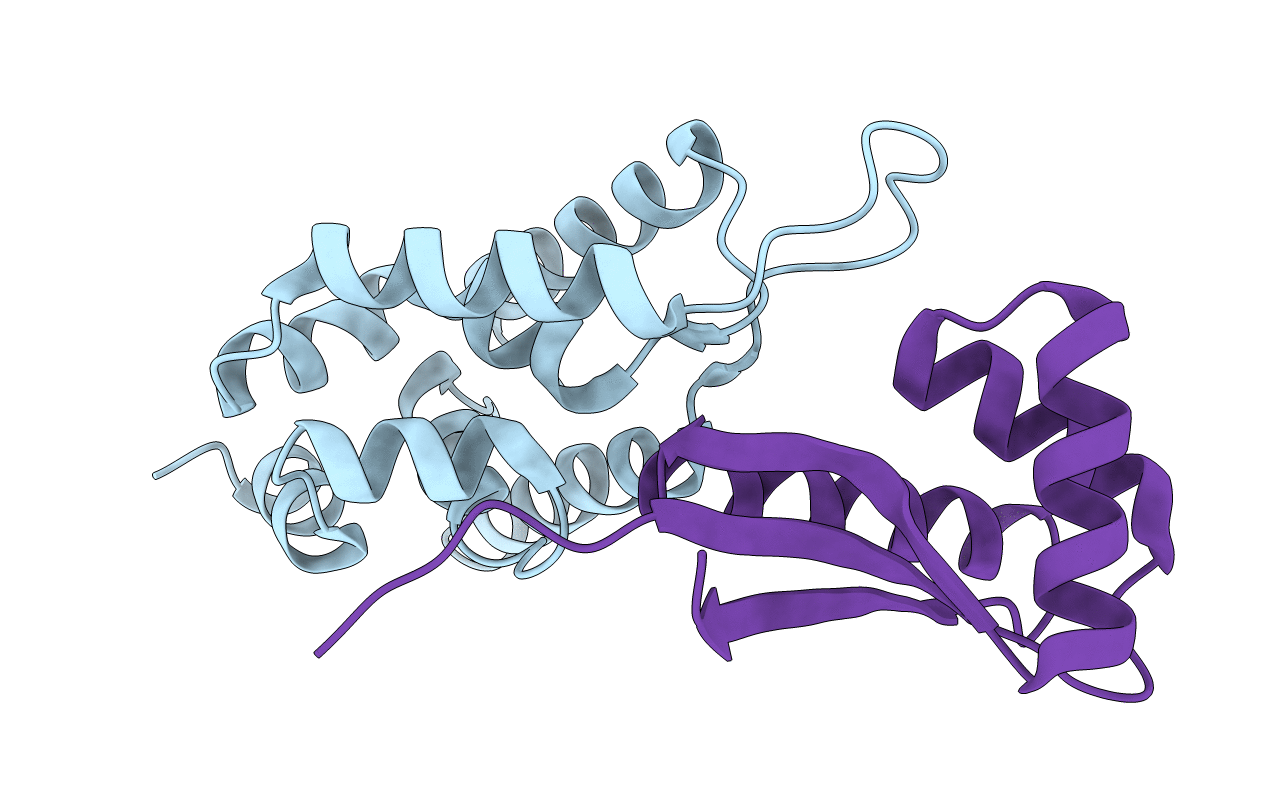
Deposition Date
2002-08-03
Release Date
2002-12-11
Last Version Date
2024-02-14
Entry Detail
PDB ID:
1MBV
Keywords:
Title:
CRYSTAL STRUCTURE ANALYSIS OF ClpSN HETERODIMER TETRAGONAL FORM
Biological Source:
Source Organism:
Escherichia coli (Taxon ID: 562)
Host Organism:
Method Details:
Experimental Method:
Resolution:
3.30 Å
R-Value Free:
0.28
R-Value Work:
0.25
Space Group:
P 43 21 2


